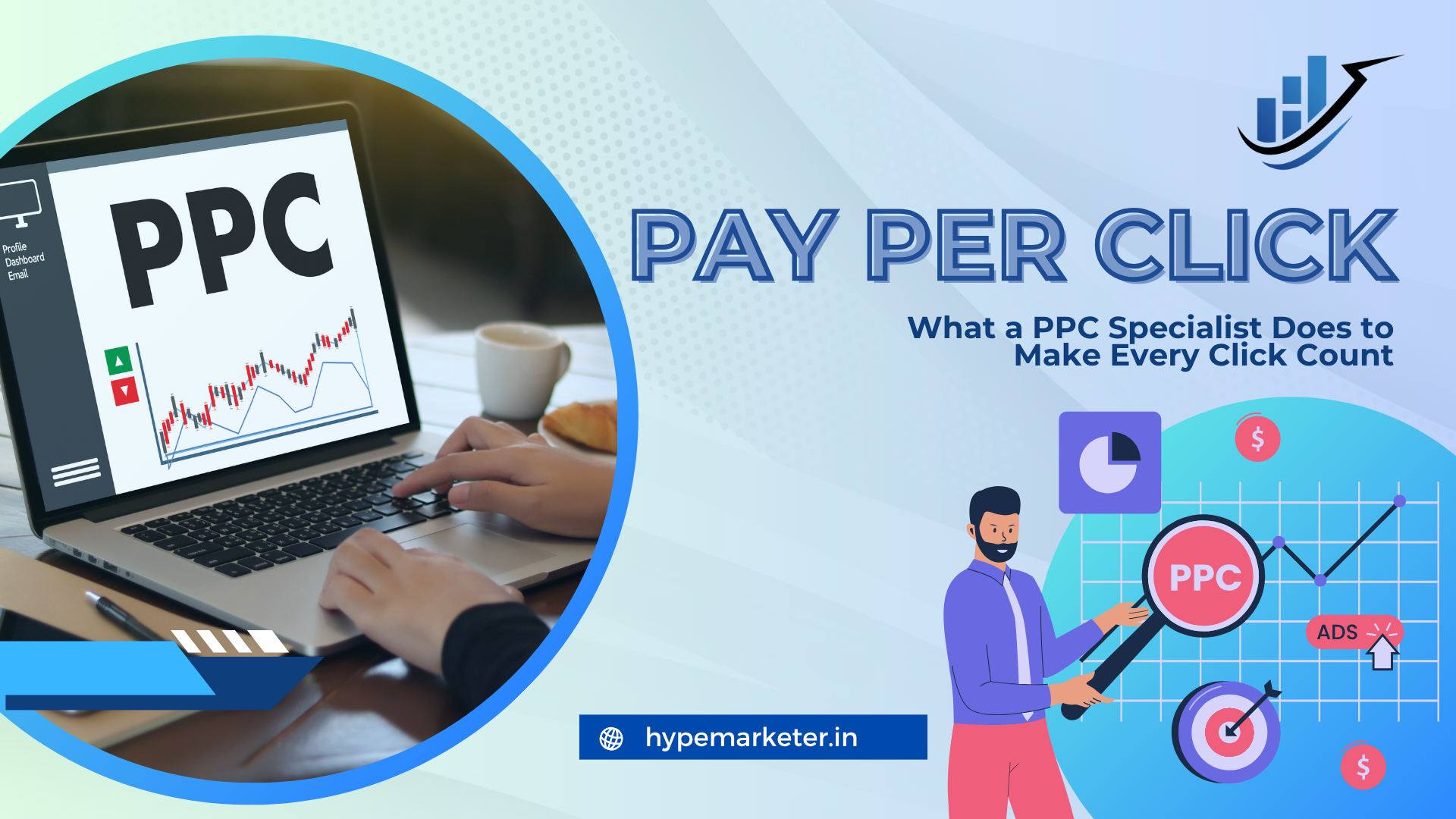Your brand’s success depends on your customers. Strong brand recognition, positive customer feedback, and devoted consumers who often return are the ultimate goals of a successful marketer (and inspire others to follow suit).
Your digital marketing initiatives are going to be as effective as a glass of week-old Coca-Cola from a kid’s party if you don’t put in the effort to get to know your clients. Your brand’s trust will swiftly erode, as will that of your audience, if you don’t connect with them through individualized messages and customised experiences.
While this may seem apparent, as marketers we may all need a little reminder now and again that the one-size-fits-all promotional approach of the past is no longer appropriate.
Why should you get to know your customers?
It’s simple to get carried away with the creative aspects of content marketing strategies or campaigns to promote your company, ignoring the particular demands, desires, and preferences in the process.
However, customers are the lifeblood of your company, and the only way to engage, inspire, and connect with them in a way that is both relevant and beneficial is by going inside their heads.
Getting to Know Your Customers: 7 Simple & Useful Tips
After gaining a grasp of the importance of knowing your audience, let’s look at 7 fantastic methods for understanding your customers and using that knowledge to improve campaign results.
1. Apply analysis to all touchpoints
We are awash in data in the modern day. Consumer data and insights are obviously priceless for businesses wanting to gain a thorough understanding of their clientele. But are you utilizing your data to its fullest?
While Google Analytics (now using the interface GA4; check this tutorial for more information) is essential for maximizing the value of your various demographic insights.
You may create profiles or personas that enhance your marketing communications and aid in calculating the return on investment (ROI) of your social media efforts by combining social media analytics tools and mobile data platforms to gather a wealth of in-depth information across your key consumer touchpoints.
2. Spark up a dialogue and influence
Having a discussion with your consumers is one of the easiest and most efficient methods to get to know them.
By going where your customers are, you can learn how they interact with their peers and ask them insightful questions in a natural, non-intrusive manner. Furthermore, if you ask the proper questions, you’ll receive the right responses, which will greatly enhance your brand experience.
There are various ways to interact with your consumers where they are most comfortable—and get to know them. These methods range from surveys and polls to social listening. However, user-generated content (UGC) is perhaps one of the most effective methods to start meaningful consumer conversations and speak your consumers’ language.
User-generated content increases authority and trust while giving you a better understanding of what your consumers are thinking. That being said, if you want to reach the Gen Z generation, it’s worth your time and money.
This is related to influencer marketing, which is a terrific approach to reach out to active and new groups. According to research from eMarketer, over three-quarters of marketers plan to utilize influencer marketing in 2023, and that number is expected to rise to around 90 percent in 2026.
3. Respond to positive and negative reviews. Personally.
It always pays to reply to both good and negative reviews in a timely, effective manner.
You should continue to be committed to responding personally to customer reviews that are presented in the public eye, regardless of where they are posted. By doing this, you will humanize your brand, demonstrate your dedication to the client experience, and gain additional conversational insights.
Nine out of ten customers, according to Oberlo, look at reviews before choosing a local business, and 59 percent utilize Google to search and read reviews. Reviews are therefore a crucial component of a trust signal, and giving consistent answers is crucial. By doing this, you will have access to a lot of new consumer knowledge.
4. Host an event or an experience
If you use experiential marketing well, it can be a really rewarding strategy for getting to know your clients.
Customers today are increasingly demanding and seek experiences as well as individualized content and communications. According to Sprout Social study, there are high expectations for companies since 62 percent of customers want them to engage with them and 72 percent want them to make a good contribution to society.
Big-budget companies may provide incredible experiences, as seen with Nike’s latest entry into the metaverse where users could create and sell footwear. However, there are alternative options for those with lesser finances, such doing a live event on Facebook or TikTok. LinkedIn now provides a fantastic platform for hosting workshops or seminars for B2B businesses.
In order to convey your brand value with your consumers in a personal way, construct a platform before holding a brand event or developing a concrete experience (physical or virtual). Additionally, you will be able to comprehend different audience groups in a way that goes beyond just using digital numbers and metrics.
5. Tailor your deals, discounts, and incentives
Returning to the significance of customization: Offering your clients specialized offers and discounts is likely to encourage brand loyalty, which will allow you to get to know them better. These statistics are from McKinsey & Co.
customers want businesses to provide individualized encounters, according to 71% of customers.
When personalisation doesn’t occur, 76 percent of people become irritated.
Personalization generates 40% more revenue for businesses with rapid growth than for those with slower growth.
This implies that you cannot approach client engagement in a generalized manner. To ensure that you are targeting the correct audience with the proper content, segment your email lists, review prior interactions, downloads, and purchases, and be careful when making purchases.
6. Start a mobile loyalty scheme
Speaking of developing trust and lasting relationships, establishing a customer loyalty program can increase consumer retention rates and open up a continuous channel of communication between your company and your target market.
According to the 2022 Loyalty Barometer Report, a brand’s loyalty program increases a customer’s propensity to purchase by 79%. These programs now not only keep clients up to date on events or news, but also allow them access to early discounts and exclusive deals.
Through their creative loyalty programs, companies like Amazon (paid program through Amazon Prime), Starbucks (free through Starbucks Rewards), and Sephora (Sephora Beauty Insider utilizing redeemable points) have all achieved remarkable success.
7. Host a contest
Last but not least, we give user-generated material one last quick nod.
By expressing gratitude to your consumers, you may foster their loyalty and trust, which will increase their propensity to interact with your business on many touchpoints. Creating a contest that sparks interest and engages your followers and clients might help to increase brand recognition. ‘Lid Flip Challenge’ at Chipotle, for example.
Simple promotion of Chipolote’s app was the aim. To encourage consumers to make burrito bowls, the company launched the hashtag competition Chipotle Lid Flip Challenge. A phone and a Chipotle burrito bowl were necessary for the challenge, which was introduced by influencer and fan David Dobrik.



